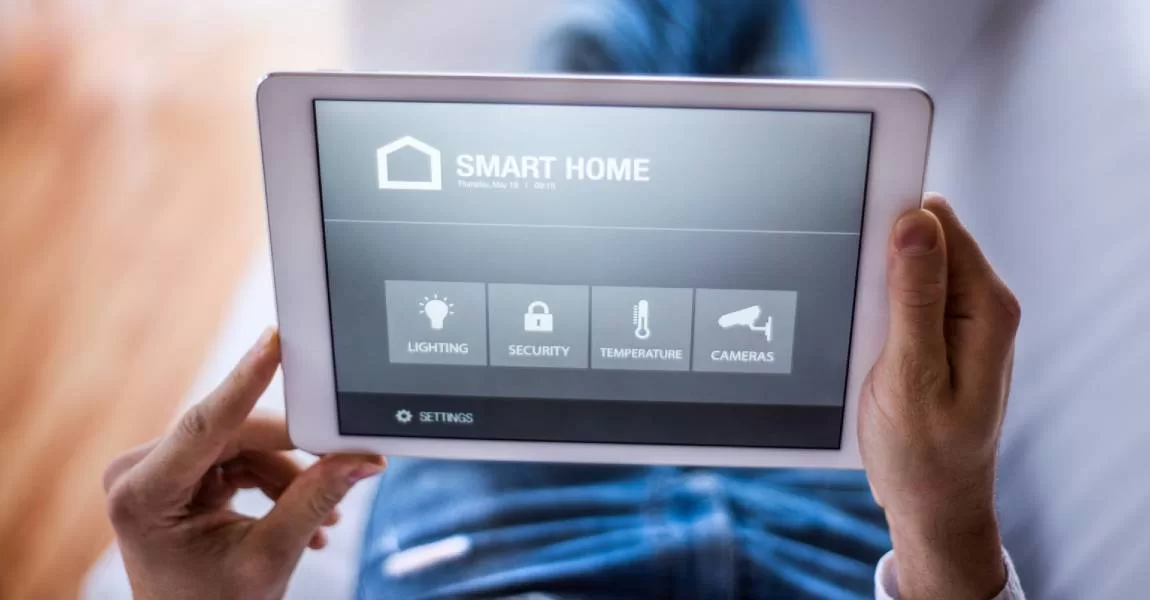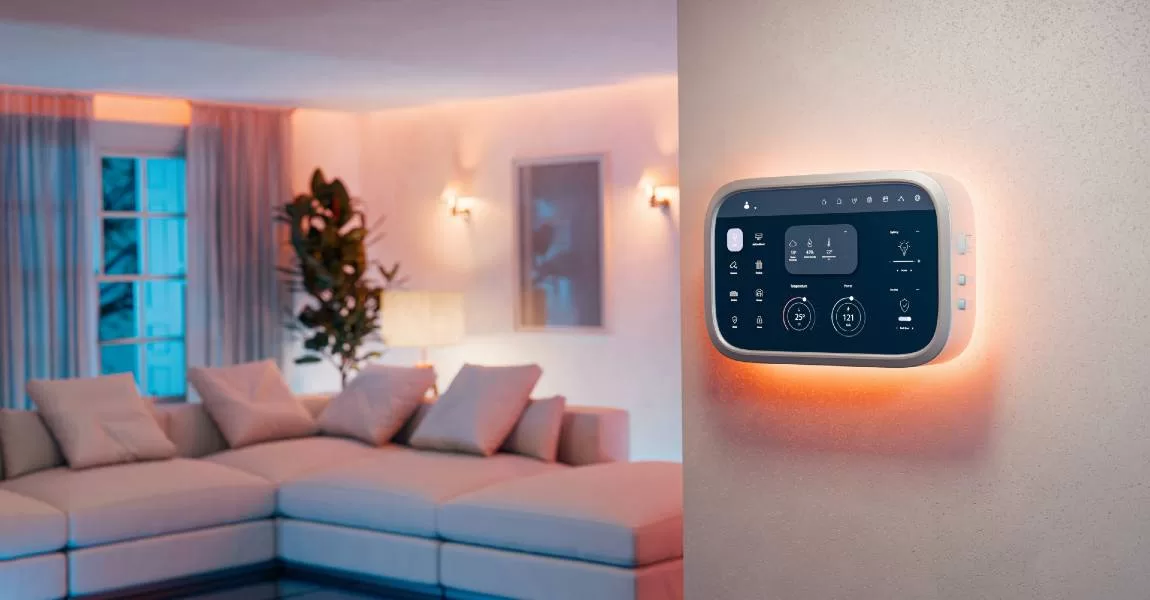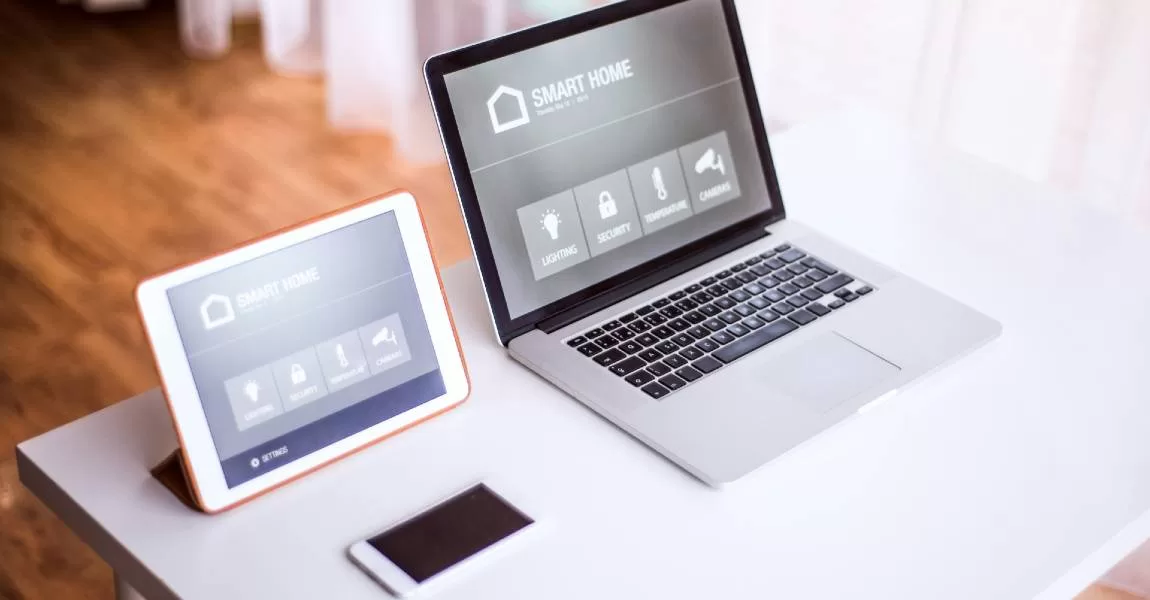Introduction to Smart Thermostats
Smart thermostats have become a game-changer in home heating and cooling, offering advanced features like remote control, energy optimization, and personalized scheduling.
However, before reaping these benefits, ensuring your smart thermostat is compatible with your furnace is essential.
Different heating systems in Denver—whether gas, electric, or oil—have unique wiring and operational requirements that not all smart thermostats support.
Understanding the connection between smart thermostats and furnace compatibility can help you make an informed choice, ensuring a seamless integration that enhances comfort, efficiency, and convenience in your home.

Table of Contents
What Are Smart Thermostats?
Smart thermostats are advanced heating and cooling management devices designed to optimize indoor temperature while ensuring energy efficiency. Unlike traditional thermostats, they utilize Wi-Fi connectivity, allowing users to monitor and control home temperatures remotely via smartphones or integrated home systems.
Evolution of Home Heating Technology
The concept of thermostats has evolved significantly over the decades. From manually adjusted analog devices to programmable units and now AI-driven smart thermostats, these innovations aim to simplify home heating systems, maximize comfort, and reduce utility expenses.
Key Benefits of Smart Thermostats
- Energy Savings: Studies show that smart thermostats can lower heating and cooling bills by up to 20%.
- Convenience: Remote access and voice control features eliminate the need for manual adjustments.
- Environmental Impact: Lower energy consumption reduces your carbon footprint.
- Personalization: Smart learning features allow devices to adapt to your daily routines and preferences.
Understanding Furnace Compatibility
What Does Furnace Compatibility Mean?
Furnace compatibility refers to the ability of a smart thermostat to communicate effectively with a specific furnace type. Not all thermostats are universally compatible; factors like voltage requirements, wiring setups, and furnace model intricacies determine compatibility.
Types of Furnaces Commonly Used in Homes
- Gas Furnaces: Highly popular for their efficiency and cost-effectiveness.
- Electric Furnaces: Known for clean energy use but with higher operational costs.
- Oil Furnaces: Ideal for homes in colder regions but require careful maintenance.
Why Compatibility Matters for Smart Thermostats
Installing an incompatible thermostat can lead to operational issues, reduced efficiency, or even system failures. Ensuring compatibility ensures seamless integration, maximizing both comfort and cost-saving potential.

How Smart Thermostats Work
Core Functions of a Smart Thermostat
At its core, a smart thermostat regulates temperature by interfacing with the furnace or HVAC system. It uses real-time data to make adjustments based on preset preferences or learned behaviors.
Connectivity Options (Wi-Fi, Bluetooth, etc.)
Modern smart thermostats rely heavily on connectivity for remote control:
- Wi-Fi: Enables app-based monitoring and adjustments.
- Bluetooth: Limited range but useful in connectivity lapses.
- Smart Hubs: Integration with devices like Alexa or Google Home.
Role of Mobile Apps and Voice Assistants
Apps provide users with detailed insights into energy usage and allow them to tweak schedules. Voice assistants such as Amazon Alexa or Google Assistant further enhance usability by enabling hands-free control.
Types of Smart Thermostats
Programmable Smart Thermostats
These thermostats allow users to set temperature schedules based on their daily routines. While they lack learning capabilities, they offer straightforward programming options that suit consistent lifestyles, ensuring energy savings by heating or cooling only when needed.
Learning Thermostats: AI Integration
Learning thermostats represent a leap forward in smart home technology. Equipped with AI, these devices observe user behavior over time and adjust heating or cooling patterns accordingly. This not only enhances comfort but also optimizes energy efficiency without requiring manual input.
Zoning and Multi-Room Systems
Advanced smart thermostats can manage multiple zones within a home. By controlling temperatures in different rooms independently, they ensure personalized comfort while reducing unnecessary energy consumption in unoccupied spaces.
Common Furnace Systems
Gas Furnaces: Features and Requirements
Gas furnaces are widely used for their efficiency in providing consistent heat. However, their compatibility with smart thermostats often depends on the presence of a C-wire (common wire), which powers the thermostat’s advanced functions.
Electric Furnaces: Compatibility Considerations
Electric furnaces operate differently, relying entirely on electricity to generate heat. While generally compatible with most smart thermostats, they may require specific wiring configurations or professional installation to ensure seamless functionality.
Oil Furnaces and Smart Thermostats
Oil furnaces are less common but remain essential in colder climates. Compatibility with smart thermostats can be challenging due to their unique operation. Consulting an HVAC professional is often necessary to confirm seamless integration.

Features to Look for in a Smart Thermostat
Energy-Saving Modes
Modern smart thermostats often include eco modes designed to minimize energy use without compromising comfort. These modes adapt based on factors like external weather conditions and user preferences.
Remote Control and Monitoring
One of the most valued features of smart thermostats is remote access. Users can monitor real-time temperature, adjust settings, or even turn the system off from anywhere via mobile apps or web portals.
Geofencing and Scheduling
Geofencing uses GPS technology to detect when occupants are nearing or leaving home. This allows the thermostat to automatically adjust settings for optimal comfort and efficiency. Scheduling offers pre-set programs for different times of the day or week.
Compatibility with HVAC Systems
Ensuring the thermostat is compatible with your HVAC system is critical. Look for models that support dual-stage heating or cooling systems, variable speed blowers, and other advanced HVAC features.
Installation Requirements
Professional Installation vs. DIY
While many smart thermostats are designed for easy DIY installation, some situations—such as older wiring setups or complex HVAC systems—may necessitate professional installation to avoid potential issues.
Wiring Essentials (C-Wire and Alternatives)
The C-wire provides continuous power to smart thermostats. If your system lacks a C-wire, there are alternatives, such as power extenders or using the existing wiring in creative configurations, but these may require professional advice.
Steps to Test Compatibility
Before purchasing a smart thermostat:
- Review the user manual for your furnace.
- Use online compatibility checkers offered by thermostat manufacturers.
- Consult an HVAC technician if unsure about wiring or technical requirements.
Popular Smart Thermostats in 2024
Top 5 Brands and Their Features
- Nest Learning Thermostat: Renowned for its AI-driven learning capabilities.
- Ecobee Smart Thermostat Premium: Features integrated voice control and advanced energy reports.
- Honeywell Home T9: Offers room sensors for precise zoning control.
- Emerson Sensi Touch: Affordable with robust compatibility.
- Amazon Smart Thermostat: Budget-friendly with Alexa integration.
Cost Comparison and Reviews
While prices range from $100 to $300, the features offered by higher-end models often justify the investment. Online reviews highlight reliability, user experience, and overall satisfaction, helping buyers make informed decisions.
User Feedback and Real-World Performance
Customer feedback emphasizes the importance of intuitive interfaces and seamless connectivity. Thermostats with minimal setup issues and reliable app integration are highly favored.
How to Determine Your Furnace Compatibility
Analyzing the Furnace Manual
The furnace manual is a critical resource. It outlines the technical specifications, wiring diagrams, and recommended thermostat types, offering valuable insights for compatibility checks.
Online Tools and Compatibility Checkers
Most thermostat manufacturers provide online tools to verify compatibility with specific furnace models. Input basic details about your HVAC system to receive tailored recommendations.
Consulting HVAC Professionals
For complex systems or older furnaces, it’s advisable to consult an HVAC professional. Their expertise ensures proper installation and avoids potential damage to either the thermostat or furnace.
Integrating Smart Thermostats with Home Automation
Benefits of Smart Ecosystems
Smart thermostats can integrate with broader smart home ecosystems, such as lighting, security, and appliances. This creates a cohesive system that enhances convenience and efficiency.
Common Challenges in Integration
Issues such as connectivity drops, compatibility limitations with older devices, and software updates can pose challenges. Addressing these proactively ensures smooth integration.
Troubleshooting Tips
- Ensure all devices operate on the same Wi-Fi frequency (2.4GHz or 5GHz).
- Update firmware regularly for compatibility with newer smart devices.
- Consult the user manual or manufacturer support for specific issues.
Energy Efficiency and Savings
How Smart Thermostats Reduce Energy Bills
Smart thermostats actively optimize energy use by learning user habits and making precise adjustments. Features like adaptive scheduling, geofencing, and real-time monitoring ensure the heating or cooling system operates only when necessary, reducing wastage.
Monitoring Usage Patterns
Detailed energy usage reports provided by smart thermostats allow homeowners to understand and adjust their consumption habits. These insights help identify inefficiencies and fine-tune schedules to further reduce costs.
Achieving Environmental Benefits
By optimizing energy usage, smart thermostats contribute to a reduced carbon footprint. Lowering electricity or gas consumption directly impacts greenhouse gas emissions, aligning with broader environmental conservation goals.
Future Trends in Smart Thermostat Technology
AI and Machine Learning Innovations
AI advancements are making smart thermostats more intuitive than ever. Future models will feature predictive capabilities, adjusting to user needs before they even arise, and offering a seamless heating and cooling experience.
Enhanced Connectivity and IoT Integration
The Internet of Things (IoT) is creating smarter homes. Future thermostats will integrate effortlessly with appliances, lighting, and security systems, creating a unified, automated living environment.
Predictions for Next-Generation Smart Thermostats
Next-generation models are expected to include:
- Self-maintenance alerts for HVAC systems.
- Improved energy optimization algorithms.
- Voice control without third-party assistants, making them independent yet powerful tools for smart living.
FAQs on Smart Thermostats and Furnaces
Addressing Common Concerns
What if my furnace isn’t compatible?
Compatibility issues can often be resolved with adapters or updated wiring. Consult the thermostat manufacturer or an HVAC technician for solutions.
Will a smart thermostat save money immediately?
While installation costs may seem high, energy savings typically offset the investment within 1-2 years.
Are smart thermostats secure?
Most manufacturers use robust encryption protocols to protect user data, but it’s essential to secure your home network to avoid vulnerabilities.
What to Do if Compatibility Issues Arise
If you encounter problems after installation:
- Verify wiring connections.
- Check system settings to ensure proper furnace mode.
- Contact technical support or an HVAC professional for assistance.
Top Tips for Optimizing Performance
- Regularly update the thermostat’s firmware.
- Use geofencing for precise energy control.
- Analyze energy usage reports to refine schedules for maximum efficiency.
Conclusion
Smart thermostats represent a pivotal advancement in home heating and cooling technology, offering unparalleled convenience, energy savings, and environmental benefits.
Ensuring compatibility with your furnace is critical to unlocking these advantages. By carefully evaluating your HVAC system, selecting the right smart thermostat, and utilizing professional guidance where needed, homeowners can seamlessly integrate these devices into their living spaces.
As technology continues to evolve, smart thermostats are poised to play an even more integral role in creating sustainable, comfortable, and intelligent homes. Whether upgrading an existing system or installing a new one, investing in a compatible smart thermostat is a step toward smarter living.
Contact Us About Smart Thermostats and Furnace Compatibility
Have questions about choosing the right smart thermostat for your furnace? Our experts are here to help! Whether you need advice on compatibility, installation, or maximizing your home’s energy efficiency, we’ve got you covered. Contact us today to ensure your smart thermostat integrates seamlessly with your heating system.


